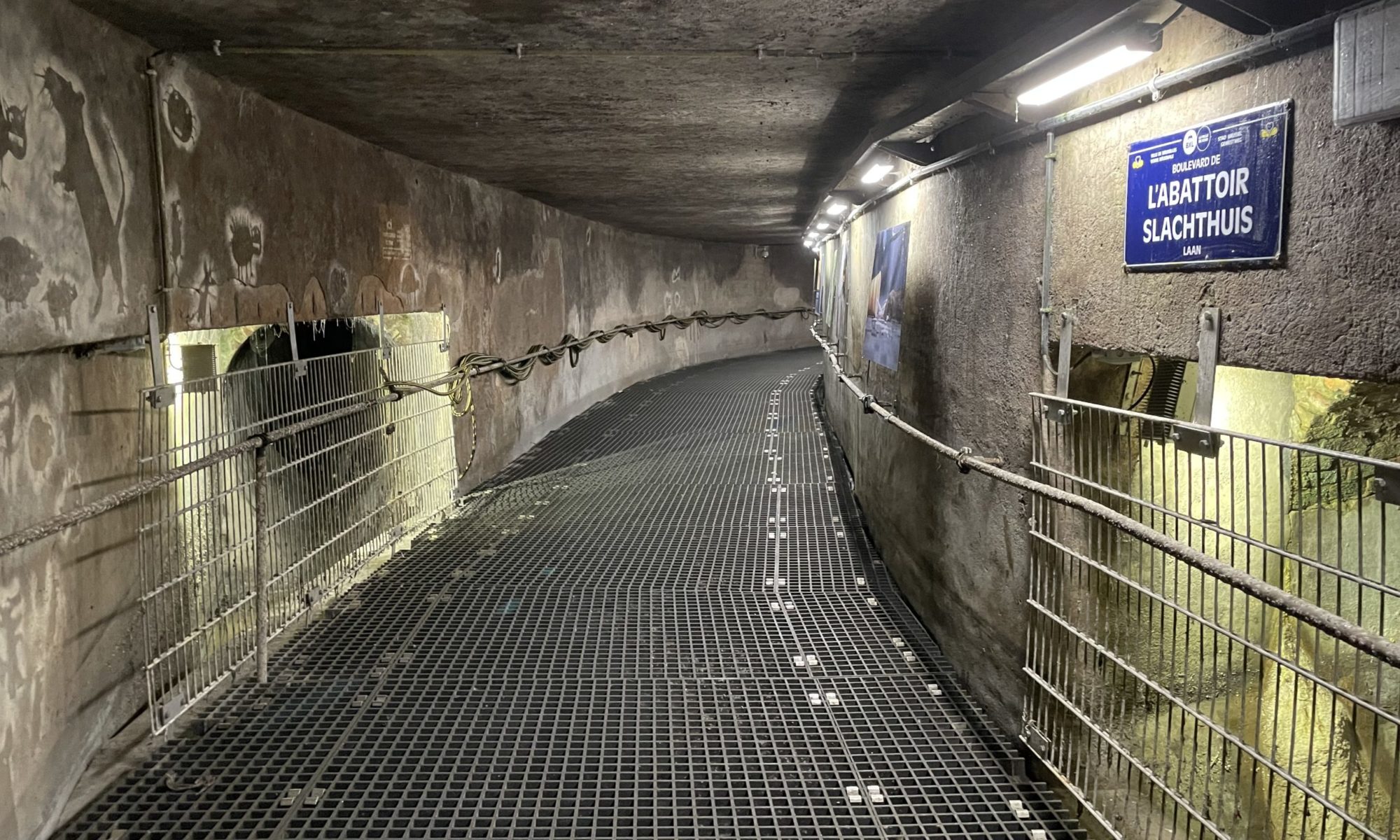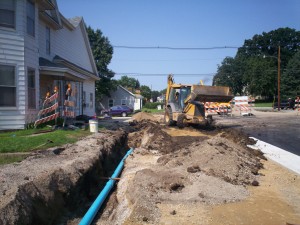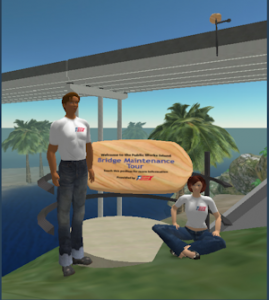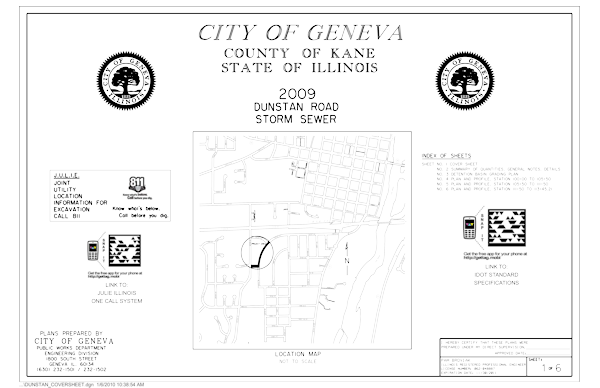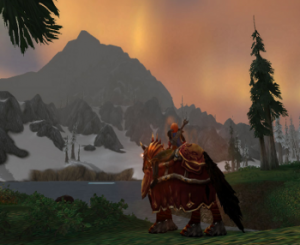 The momentum for using games in a workplace environment seems to be building. The topic is showing up in conference programs, blogs, forums, and now in a TEDTalk. People are realizing what the game industry figured out long ago – it’s possible to create something that consistently encourages and trains people to perform specific tasks for hours upon hours. And they are asking, how can we transfer this to the work environment? Others, like Jane McGonigal in her TEDTalk, are asking, how can we leverage this to make our world a better place? (You can watch her video embedded at the bottom of this post.)
The momentum for using games in a workplace environment seems to be building. The topic is showing up in conference programs, blogs, forums, and now in a TEDTalk. People are realizing what the game industry figured out long ago – it’s possible to create something that consistently encourages and trains people to perform specific tasks for hours upon hours. And they are asking, how can we transfer this to the work environment? Others, like Jane McGonigal in her TEDTalk, are asking, how can we leverage this to make our world a better place? (You can watch her video embedded at the bottom of this post.)
A Teenager’s View
This is a particularly interesting topic for me because of a few reasons. First, everyone in my family is a heavy to moderate gamer, and second, I see many ways gaming could be used to train and educate government staff, elected officials, and citizens and enhance workplace performance. So we watched Ms. McGonigal’s TedTalk as a family (I know – a total geekfest). Afterwards we discussed her comments. I was particularly interested in my 16-year-old son’s thoughts. He fits the demographic of which she spoke.
His belief was that a game designed to educate or “do good” would not be as attractive as “regular games.” He thought no one would play a game that made the education or public service component too obvious. My husband and I agreed that for it to work well, the game would have to do a good job balancing game elements found in popular games with the underlying purpose. He did echo McGonigal’s comment that he didn’t feel he could do much to change the real world, and that is why he thought most people would not play a game to purposely make the world a better place.
The Critical Lesson
But from our discussion also came one more significant reason we feel people play games. And it’s a reason I have not yet heard mentioned. We feel it is because the game is impartial in its distribution of rewards. And this we feel is a vital if unrecognized component.
Many of us have at least one experience in life where we gave it our all, tried very hard, and accomplished something outstanding that everyone agreed met the requirements for a specific reward – maybe it was an “A” on a paper, or a school award, or a placement on a board or committee. But we never got that reward. And why is that? Usually it was because a teacher didn’t like us, or we weren’t the most popular person in the group, or we didn’t fit into the right crowd. Whatever it is, we have learned that rewards in the real world are not impartially or fairly handed out.
But the computer is always impartial and fair – if an Orc in Orgrimmar gives you a quest with the promise of earning a new shiny sword, he gives you that sword when you complete the assignment. He doesn’t decide not to give it to you cause he heard you hang out with Night Elves or you don’t belong to the right guild.
So perhaps this is another critical lesson from the gaming world, you can motivate people to invest time and money and effort if you are fair and impartial in the distribution of the promised rewards.
